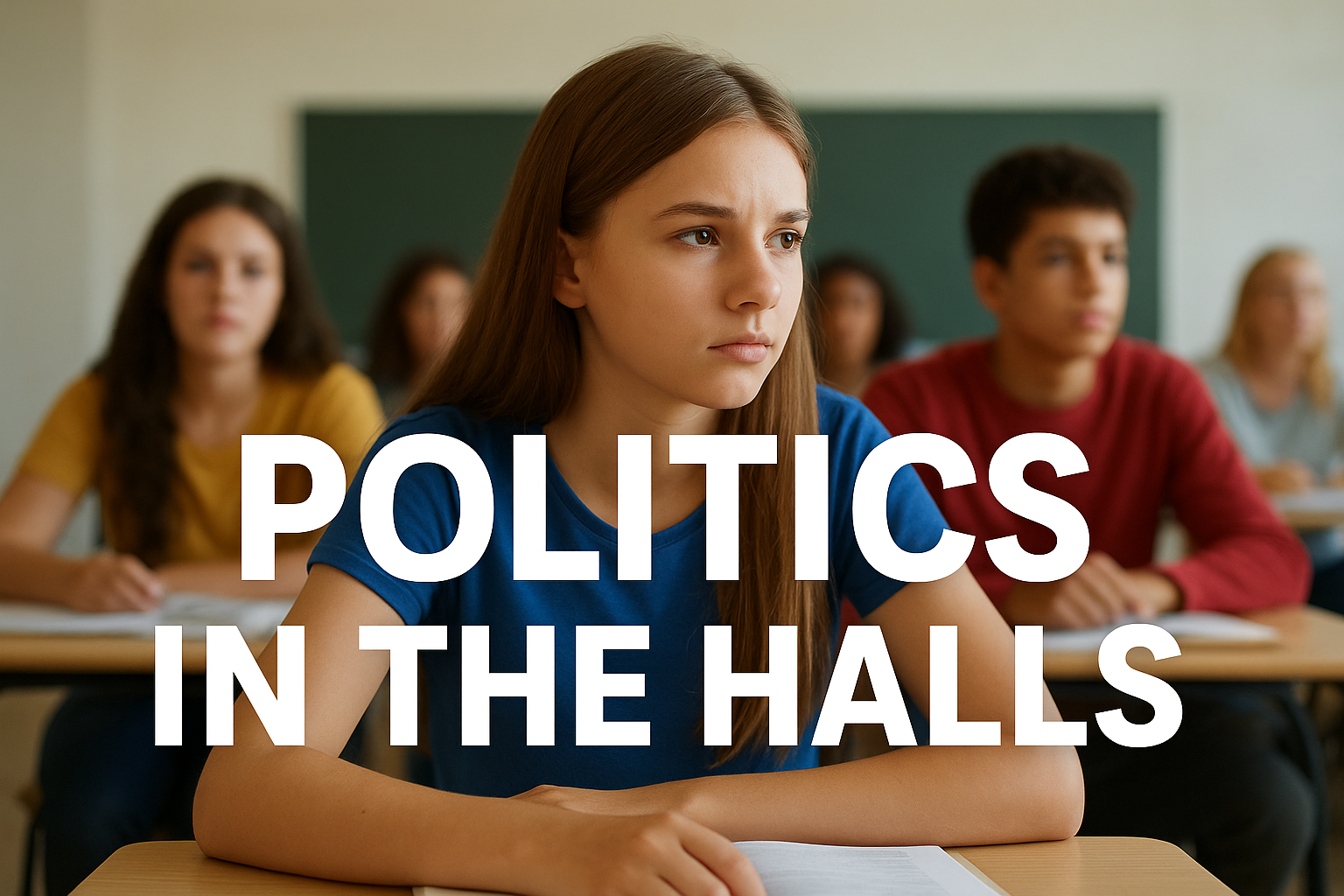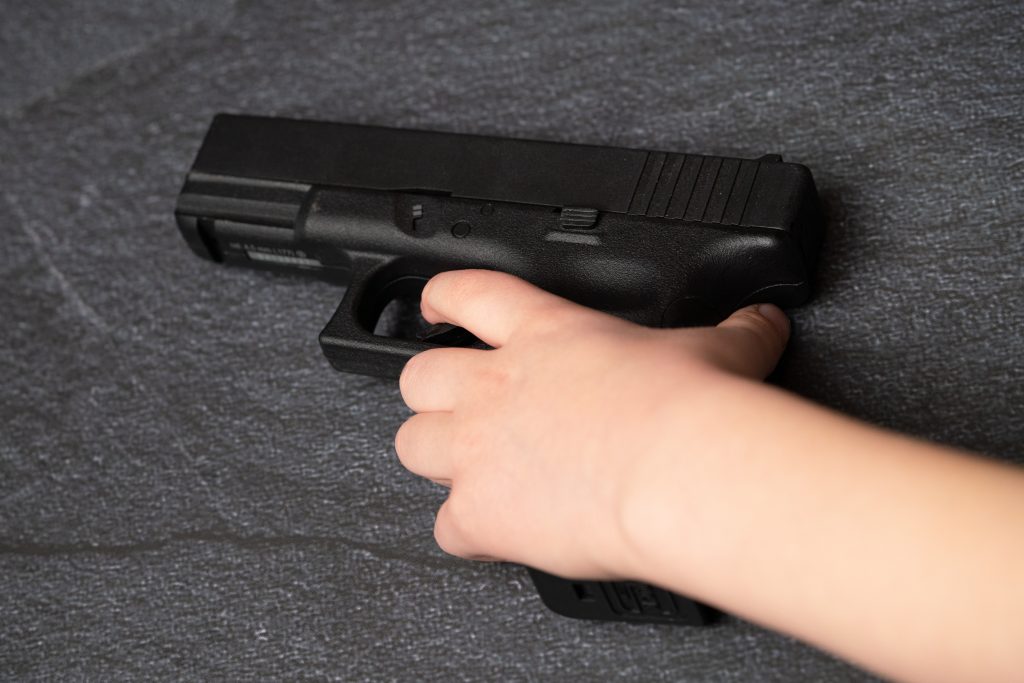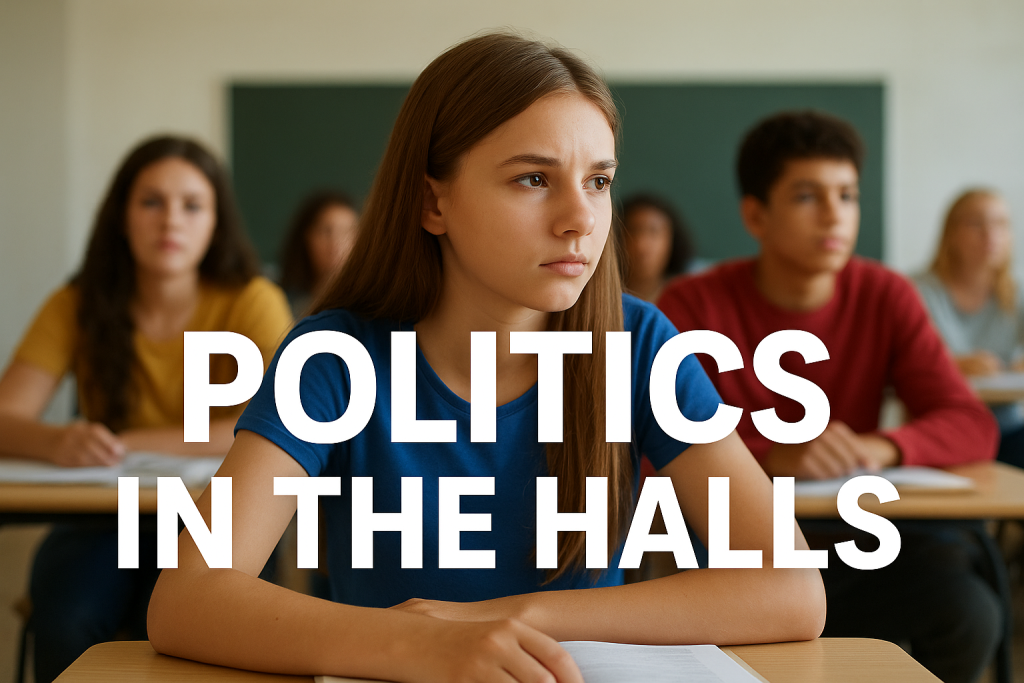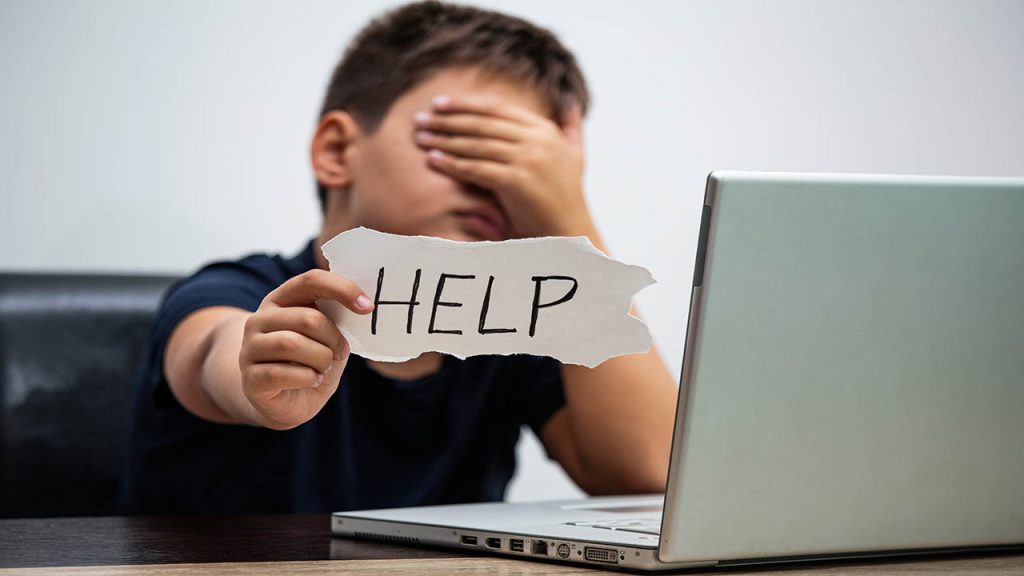
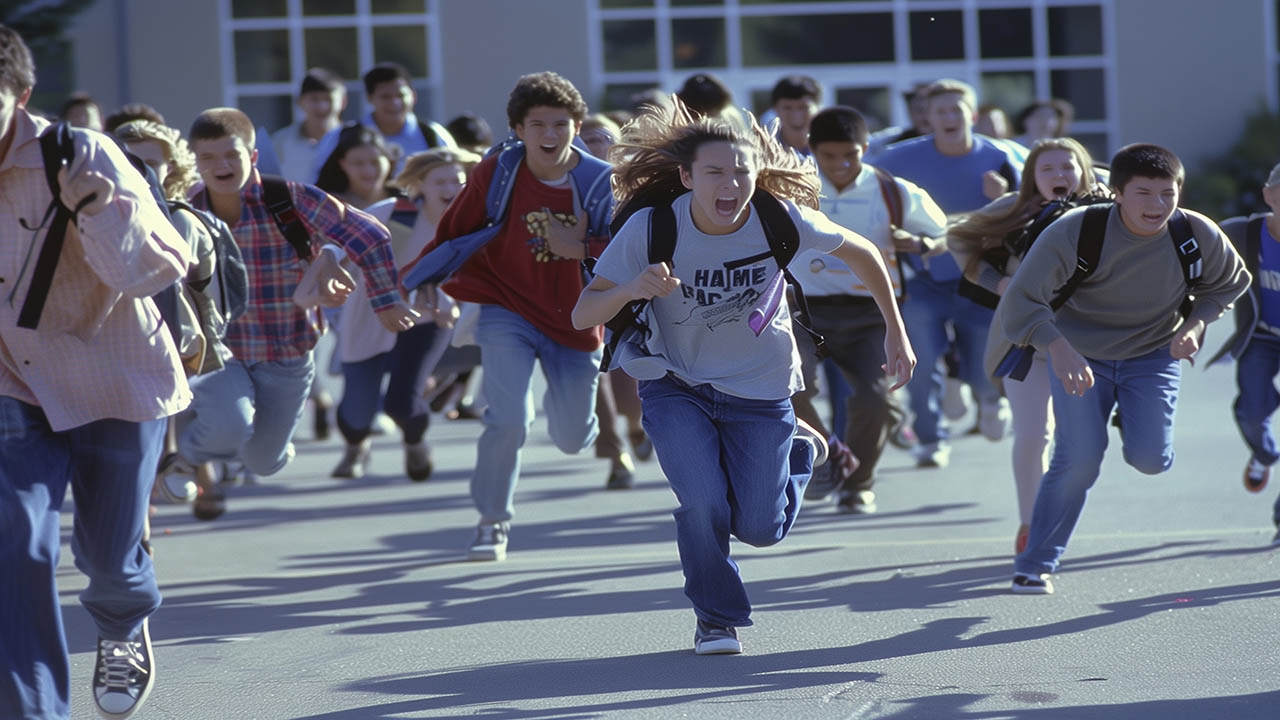
Cell Phones in School Crises: A Dangerous Distraction or Essential Lifeline?
The ongoing debate about whether cell phones should be allowed in schools during emergencies has been reignited by recent incidents such as the tragic shooting at Apalachee High School in Georgia. In this event, two teachers and two students lost their lives, and nine others were injured. A viral text message exchange between a student and their mother during the incident amplified the fears many parents already harbor: What if their child becomes the next victim of a school shooting? This deep-seated anxiety has led many parents to push back against increasingly restrictive cellphone policies in schools.
As an educator with years of experience, I’ve witnessed the drawbacks of cell phones in schools; especially when it comes to emergencies. Cell phones are simply a distraction. From my personal experience, there is little to nothing that a student can achieve by calling their parents during a crisis. The reality is most parents are at work or in situations where they are unable to provide immediate help. In these moments, what students need most is to focus entirely on the instructions of the trained adults around them.
The instinct to reach for a phone during an emergency, while understandable, may do more harm than good. School shootings, while statistically rare, have been happening with alarming frequency. Since 2018, there have been 205 school shootings that resulted in injuries or deaths. This increase in the scale of violence has understandably left parents anxious about their children’s safety, but allowing cell phones to be used during such crises could make the situation more dangerous, not less.
For many parents, having direct access to their child during an emergency provides an “emotional security blanket.” They want reassurance that their child is safe and understandably feel that a text or phone call is the fastest way to get it. However, what many parents don’t realize is that their child’s phone call or text could be distracting them from essential, lifesaving instructions given by teachers or first responders.
Imagine a chaotic situation where students, instead of listening for evacuation or lockdown instructions, are fumbling with their phones, updating parents or livestreaming the event. This not only diverts their attention but could also attract the attention of the perpetrator. It’s not just the students who are affected—parents who receive these messages often rush to the school, creating further obstacles for emergency responders. Kenneth S. Trump, a school safety expert, explains that students’ calls or texts can trigger a wave of parents arriving on the scene, which could hinder the efforts of school administrators and law enforcement to manage the crisis. In such situations, added confusion or distractions can delay crucial actions, possibly endangering more lives.
On the other hand, there have been a few instances where students were able to provide important information to first responders via cellphone during an emergency. But these instances are the exception rather than the rule. Generally, when cellphones are involved in crises, they tend to complicate matters.
Schools that have implemented cellphone bans are standing by their decision, even in light of tragedies like the Apalachee shooting. For example, Dothan Preparatory Academy in Alabama has a strict policy where students place their phones in a lockbox at the start of the day. School leaders believe this policy creates a safer environment, reducing distractions and the potential for interference during emergencies. Even though there was initial resistance from parents, the policy has been successful in fostering a safer, more focused school culture.
However, it’s likely that incidents like the recent shooting will intensify the push from parents for their children to have access to phones during school hours. I understand the fear. But we must ask ourselves—what can parents actually do in the heat of an emergency? In most cases, there is little we to offer from miles away, and we might unintentionally contribute to the chaos. The focus must remain on students following the guidance of the adults trained to handle these situations.
It’s clear that the debate surrounding cell phones in schools is complex. Parents and educators both want what’s best for children, but their perspectives differ significantly. What’s crucial is that schools engage in open, honest conversations with both students and parents. Schools must explain the potential dangers of cellphone use during crises, such as how a phone call could attract unwanted attention from a perpetrator or distract a student from critical safety instructions. Many parents, once they understand these risks, may rethink their stance.
Ultimately, we need to ask ourselves: What will truly keep our children safer? While the emotional security that comes from a text or phone call may seem comforting, we must prioritize the real-world consequences. In emergencies, students should focus on what’s happening in front of them—not on their screens.
Dig Deeper With Our Longreads
Newsletter Sign up to get our best longform features, investigations, and thought-provoking essays, in your inbox every Sunday.
The MEN was founded by John Huber in the fall of 2020. It was founded to provide a platform for expert opinion and commentary on current issues that directly or indirectly affect education. All opinions are valued and accepted providing they are expressed in a professional manner. The Maryland Education Network consists of Blogs, Videos, and other interaction among the K-12 community.

